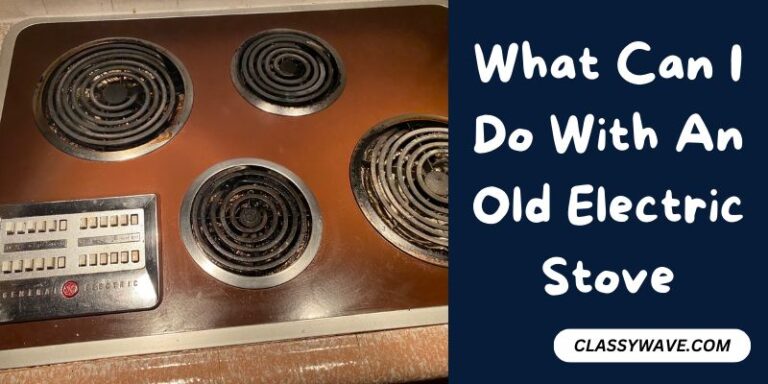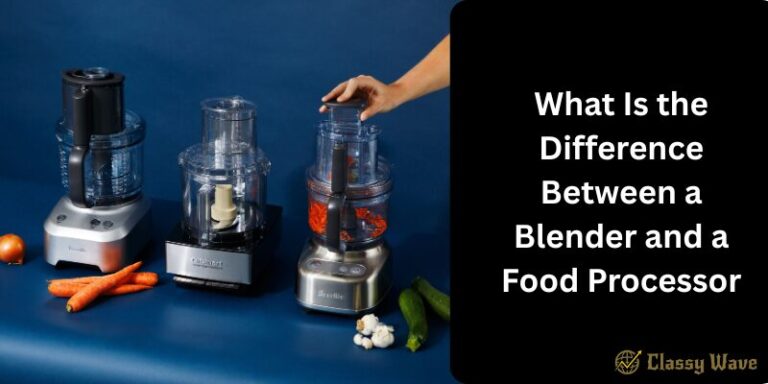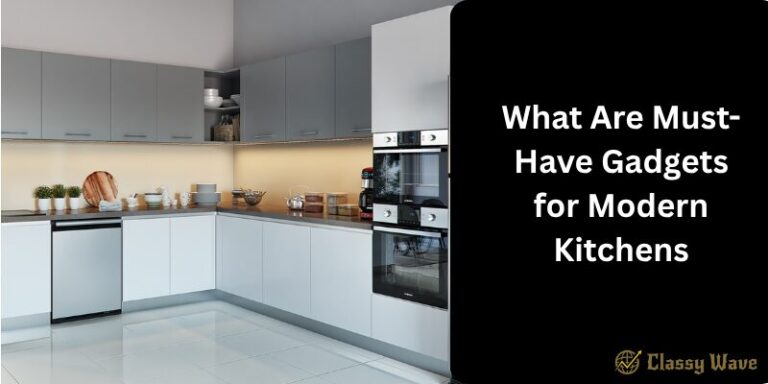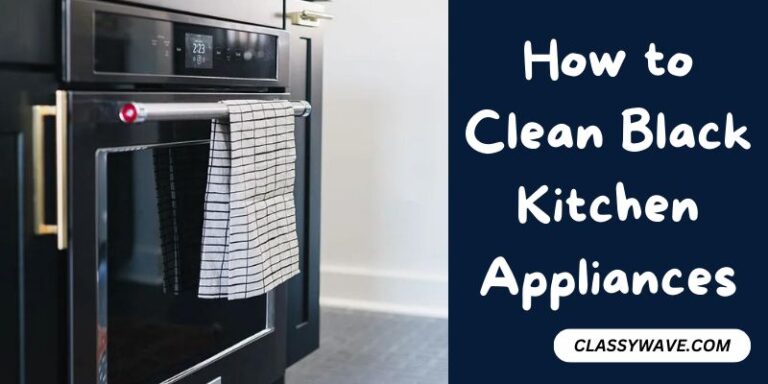Why Induction Stoves Are Energy Efficient | Classy Wave
If you’re looking for a smarter, faster, and more energy-efficient way to cook, induction stoves are your best friend. Unlike traditional gas or electric stoves, induction technology uses magnetic energy to directly heat your cookware—meaning less wasted energy, quicker cooking times, and lower utility bills. But how exactly do induction stoves achieve such impressive efficiency? Let’s break it down in simple terms.
What Is an Induction Stove?
An induction stove uses electromagnetic energy to heat pots and pans directly. Instead of relying on a flame or an electric coil, it creates a magnetic field that induces heat within the metal of the cookware. Essentially, the pot becomes the heat source—so no energy is wasted heating the air or the cooktop surface.
How Induction Cooking Works
Here’s how the magic happens:
- When you place a compatible pan (usually stainless steel or cast iron) on the induction cooktop, it interacts with the electromagnetic field beneath the surface.
- This reaction generates instant heat within the pan itself.
- Once you remove the pan, the stove stops producing heat immediately.
This direct and controlled heating method is what makes induction cooking so energy-efficient.
Direct Heat Transfer = Less Energy Waste
Traditional gas and electric stoves lose a lot of energy. Gas stoves waste around 60% of their heat into the air, and electric stoves lose about 35%. Induction stoves, on the other hand, transfer up to 90% of their energy directly to the pan.
This efficiency means faster cooking and less energy wasted, translating into lower electricity bills and a smaller carbon footprint.
Faster Cooking Times Save Energy
Because induction stoves heat cookware directly, they reach desired temperatures much faster. Boiling water, for example, takes nearly half the time compared to a gas stove. The faster your food cooks, the less time your stove spends drawing power—another reason it’s so energy efficient.
Precise Temperature Control
Induction cooktops offer pinpoint temperature control, allowing you to adjust heat levels instantly. No more waiting for burners to warm up or cool down. This precision means you only use as much energy as you need, reducing waste and preventing overcooking.
Cooler Kitchen, Less Energy Loss
Ever notice how your kitchen heats up when you cook with gas or electric stoves? That’s because they release extra heat into the air. Induction stoves, however, keep the heat contained within the cookware. The surrounding air stays cooler, reducing the need for additional cooling systems like air conditioning or exhaust fans—saving even more energy.
Safety and Efficiency Go Hand in Hand
Induction stoves are designed with energy efficiency and safety in mind. The cooktop itself remains cool to the touch (except under the pan), which prevents burns and reduces energy waste. Plus, since the stove automatically shuts off when no cookware is detected, you’ll never waste energy accidentally.
Reduced Heat Loss = Lower Utility Bills
Because induction cooking minimizes heat loss, you get more cooking power with less energy input. Studies show that switching from a gas stove to an induction cooktop can reduce cooking-related energy consumption by up to 40%. Over time, that adds up to significant savings on your electricity or gas bills.
Environmentally Friendly Cooking
Induction stoves use electricity instead of fossil fuels, making them more eco-friendly—especially when paired with renewable energy sources like solar or wind power. By eliminating gas emissions and reducing heat waste, induction cooking supports a cleaner, greener planet.
Easy Maintenance for Long-Term Efficiency
Another reason induction stoves remain energy-efficient is their smooth, flat surface. Since spills don’t burn onto the cooktop, cleaning is effortless. A clean surface allows better heat transfer and ensures your stove runs efficiently for years.
No Preheating Required
Unlike gas or electric stoves that take time to warm up, induction cooktops reach cooking temperature almost instantly. You can start cooking right away, saving both time and energy. This “instant-on, instant-off” functionality is one of the main reasons induction is considered the future of home cooking.
Comparison: Induction vs. Gas vs. Electric
| Feature | Induction Stove | Gas Stove | Electric Stove |
|---|---|---|---|
| Energy Efficiency | 85–90% | 40–60% | 65–70% |
| Heating Speed | Very Fast | Moderate | Slow |
| Temperature Control | Instant & Precise | Average | Delayed |
| Heat Loss | Minimal | High | Moderate |
| Safety | Very Safe | Open Flame | Hot Coils |
| Kitchen Heat | Low | High | Medium |
From this comparison, it’s clear why induction stoves are the most energy-efficient choice available today.
Smart Technology Integration
Many modern induction cooktops come with smart sensors and timers that help optimize energy usage. Features like automatic pan detection, temperature sensors, and power boosters ensure that you never waste energy unnecessarily. Some models even connect to your smartphone for customized cooking settings.
Why Induction Stoves Are Worth the Investment
Although induction stoves might cost more upfront than gas or electric models, the long-term savings on energy bills and reduced maintenance costs make them worth every penny. They also provide a cleaner, safer, and more modern cooking experience—perfect for eco-conscious households.
Tips to Maximize Energy Efficiency with Induction Stoves
- Use flat-bottomed, induction-compatible cookware.
- Match pan size to burner size to avoid wasted heat.
- Keep the cooktop clean for consistent performance.
- Use lids while cooking to retain heat.
Following these small habits will make your induction stove even more efficient.
Conclusion
Induction stoves are the future of efficient, eco-friendly cooking. By directly heating your cookware, reducing energy waste, and offering precise control, they outperform traditional gas and electric stoves in almost every way. If you’re ready to cut down on your energy bills, enjoy faster meals, and create a more sustainable kitchen, switching to induction is the smartest move you can make.







